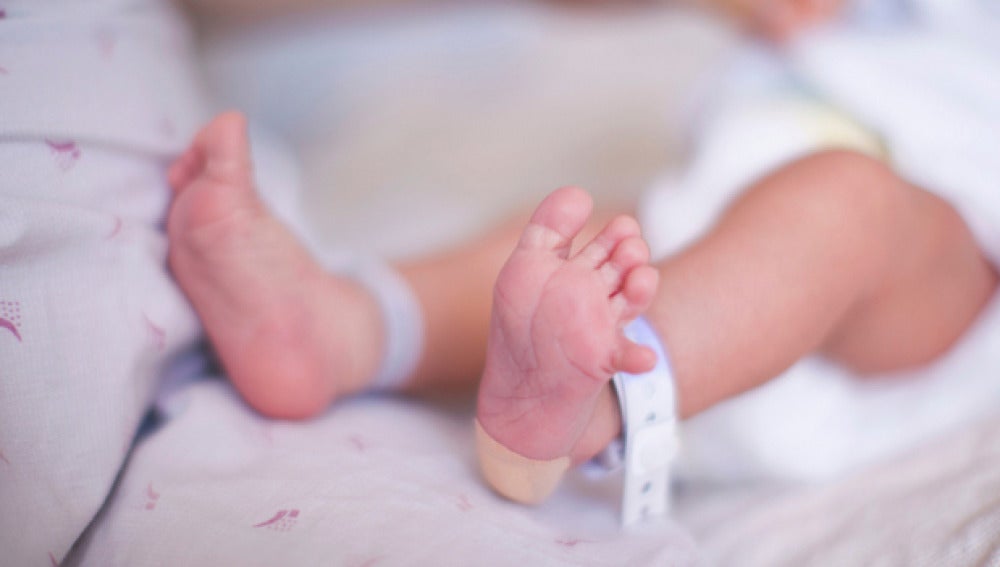My child has deformed/misshapen toes, what should I do?
Why do toes become malformed?
Toe defects caused by malformation are a common reason for consultation. The defect should be identified, looking for any association that may place the patient in the context of a syndrome. The vast majority of these anomalies correspond to physiologicalprocesses in the development of the feet and lower extremities during childhood. A genetic anomaly should always be suspected. Congenitalanomaliesof the forefoot have very different treatment and prognosis. These malformations include brachydactyly, syndactyly, polydactylyand clinodactyly. There may also be malformations such as hallux valgus, which rarely occurs congenitally and whose treatment is purely conservative. (1,2) (1,2)
How do toe malformations manifest themselves?
The clinical manifestations and indicated treatment is as follows; (1,3)
- Brachydactylyis a segmental agenesis affecting the transverse plane, in decreasing order of the 4th, 3rd and 1st toe. It is characterised by a shortening during growth. This alteration becomes visible from the age of 4 years, with bilateral cases being common. As for treatment, excessive loading of a metatarsal can cause discomfort, and surgery is only indicated from the age of 12 when the metatarsals have stopped growing.
- Syndactyly, this alteration commonly occurs in the feet and is caused by a differentiation disorder of the mesoderm (6 to 8 weeks of gestation). It consists of fusion between two or more toes. We must differentiate between simple syndactyly, which affects only the soft tissues, and complete syndactyly in which there is a bony fusion. The second interdigital space is the most affected. Simple syndactyly does not require treatment as it is asymptomatic; in the case of bone involvement, surgery is required.
- Polydactyly or supernumerary digits can be classified as pre-axial (involvement of the first digit), central (second, third, fourth digit) and post-axial (fifth digit), this being the most common. Treatment is surgical and is performed at 9-12 months of age.
- Clinodactylyis a deviation of the fingers affecting the transverse plane. Surgical indication is made only after the child has started to walk.
Bibliography
-
Rampal V, Giuliano F. Forefoot malformations, deformities and other congenital defects in children. Orthop Traumatol Surg Res [Internet]. 2020;106(1):S115–23. Available from: https://doi.org/10.1016/j.otsr.2019.03.021
-
Martínez G. Deformidades De Los Pies En Niños. Rev Médica Clínica Las Condes. 2021;32(3):336–43.
-
Chang P, Rodas AC. Deformidades de los ortejos en niños. Dermatologia Cosmet Medica y Quir. 2011;9(3):215–20.




